Anhui Feichun Special Cable Co.,Ltd Li.wang@feichuncables.com
What Are the Most Effective Coal Mining Techniques Today?
Discover the advanced coal mining techniques transforming South Africa's mining industry, from underground methods to surface operations and cutting-edge technologies ensuring safer, more efficient extraction.
Li.wang@Feichun Cable
7/9/20259 min read
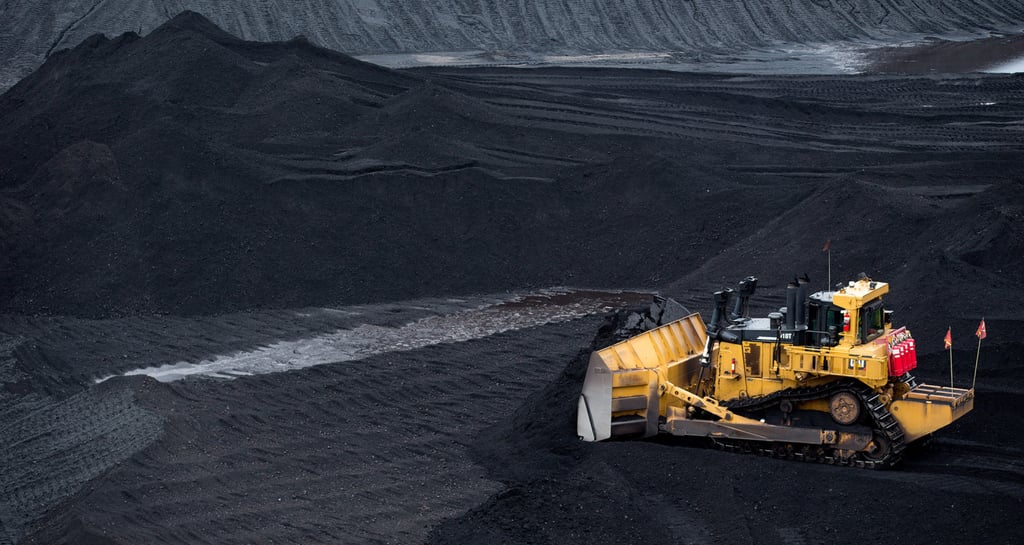

South Africa's coal mining industry stands as one of the world's most sophisticated operations, contributing significantly to the nation's economy whilst continuously evolving to meet modern safety and efficiency standards. With the country holding approximately 3.5% of global coal reserves, understanding the techniques employed in South African coal mining becomes crucial for appreciating both the industry's current capabilities and future potential.
Historical Context of Coal Mining in South Africa
Early Coal Mining Practices (19th–Early 20th Century)
Coal mining in South Africa began in earnest during the 1840s when deposits were first discovered in KwaZulu-Natal. The early mining operations were rudimentary, relying heavily on manual labour and basic tools. Miners would descend into shallow shafts using rope ladders, extracting coal with picks and shovels before hauling it to the surface in buckets or primitive carts.
The discovery of coal on the Witwatersrand in the 1880s marked a turning point. This coincided with the gold rush, creating an enormous demand for coal to power the emerging mining operations. Early techniques involved following coal seams horizontally into hillsides, creating adit mines that were relatively safe but limited in scope.
Development of the Industry and Its Economic Role
The 20th century witnessed rapid industrialisation in South Africa, with coal becoming the backbone of the economy. The establishment of Eskom in 1923 created a massive domestic market for coal, driving innovation in mining techniques. During this period, the industry began adopting mechanised equipment, including steam-powered hoists and electric lighting systems in underground workings.
The apartheid era, despite its social injustices, saw significant technological advancement in coal mining. The isolation from international markets forced South African companies to develop indigenous solutions, leading to innovations in mining equipment and techniques that would later prove valuable in the global market.
Transition from Manual to Mechanised Mining
The transition from manual to mechanised mining accelerated after World War II. Companies began investing in pneumatic drills, mechanical loaders, and conveyor systems. This shift was driven by the need to increase production whilst improving worker safety in an industry plagued by accidents and fatalities.
By the 1960s, South African coal mines were amongst the most mechanised in the world. The introduction of continuous miners and longwall systems revolutionised underground operations, whilst surface mining began adopting massive draglines and electric shovels that could move thousands of tonnes of material daily.
Major Coal Mining Techniques
Underground Mining
Underground mining remains crucial in South Africa, particularly for accessing deeper coal seams that cannot be economically extracted through surface methods. The country's relatively shallow coal deposits, often found at depths of 50-300 metres, make underground mining both feasible and profitable.
Room-and-Pillar Method
The room-and-pillar method represents one of the most widely used underground mining techniques in South Africa. This approach involves creating a network of "rooms" where coal is extracted, leaving behind "pillars" of coal to support the roof. The technique is particularly suitable for South Africa's geological conditions, where coal seams are relatively flat and stable.
In practice, miners use continuous miners - sophisticated machines equipped with rotating cutting drums - to extract coal from the working face. These machines can operate remotely, significantly reducing the risk to human operators. The extracted coal is loaded onto conveyor systems that transport it to the surface for processing.
The room-and-pillar method offers several advantages in South African conditions. The technique provides excellent roof support, reducing the risk of cave-ins that have historically plagued the industry. Additionally, the method allows for selective mining, enabling operators to leave behind lower-quality coal whilst extracting premium material.
However, the technique has limitations. Recovery rates typically range from 50-70%, meaning substantial amounts of coal remain in the pillars. This represents a significant economic loss, particularly given the declining quality of South Africa's remaining reserves.
Longwall Mining
Longwall mining has gained prominence in South Africa's larger underground operations. This technique involves extracting coal from a long face, typically 100-300 metres wide, using a shearer that moves back and forth along the face. As the shearer advances, hydraulic roof supports move forward, allowing the roof behind to collapse in a controlled manner.
The longwall system offers superior recovery rates compared to room-and-pillar methods, often achieving 85-95% extraction. This efficiency is crucial given the declining quality of South Africa's coal reserves. Modern longwall operations in South Africa utilise sophisticated monitoring systems that track production rates, equipment performance, and safety parameters in real-time.
Anglo American's Kriel Colliery provides an excellent example of longwall mining in South Africa. The operation employs state-of-the-art equipment including automated shearers and advanced roof support systems. The mine's control room monitors every aspect of the operation, from ventilation flows to equipment temperatures, ensuring optimal performance and safety.
Challenges in Underground Mining
Underground coal mining in South Africa faces several significant challenges. Safety remains paramount, with the industry working to eliminate fatalities and serious injuries. Ventilation systems must be meticulously designed to prevent gas accumulations and maintain air quality throughout the workings.
Roof support presents another critical challenge. South Africa's coal seams often occur in areas with complex geological conditions, including fault zones and areas of ground instability. Modern operations employ sophisticated geotechnical monitoring systems to predict and prevent roof failures.
Water management poses additional complications. Many South African coal mines encounter significant water inflows, requiring extensive pumping systems and water treatment facilities. The industry has developed expertise in managing these challenges, often turning former mine workings into water storage facilities.
Surface Mining
Surface mining dominates South Africa's coal production, accounting for approximately 70% of total output. The country's relatively shallow coal deposits and favourable geological conditions make surface mining both economically attractive and technically feasible.
Open-Pit Mining
Open-pit mining involves removing overburden (soil and rock above the coal seam) to expose coal deposits for extraction. This technique is particularly suited to South Africa's coal fields, where seams often occur close to the surface and extend over large areas.
The process begins with drilling and blasting to break up the overburden. Massive draglines, some with bucket capacities exceeding 100 cubic metres, then remove the broken material. Once the coal seam is exposed, smaller equipment extracts the coal, which is then transported to processing facilities.
Sasol's Secunda operations exemplify large-scale open-pit mining in South Africa. The complex includes multiple pits that supply coal to the world's largest coal-to-liquids facility. The operation employs sophisticated mine planning software to optimise extraction sequences and minimise waste.
Strip Mining
Strip mining, also known as area mining, involves removing overburden in parallel strips to expose coal seams. This technique is particularly effective for South Africa's shallow deposits, where coal seams are relatively flat and continuous.
The process involves creating a series of cuts or strips across the deposit. Overburden from each new strip is placed in the previously mined area, creating a systematic approach to extraction and rehabilitation. This method is particularly suitable for the coal fields of Mpumalanga, where extensive deposits occur at shallow depths.
Environmental Considerations and Land Reclamation
Surface mining's environmental impact has become increasingly important in South Africa. The industry has developed comprehensive rehabilitation programs that restore mined land to productive use. These programs often involve reshaping the landscape, replacing topsoil, and establishing vegetation.
Exxaro's Matla Mine demonstrates best practices in mine rehabilitation. The operation has successfully restored hundreds of hectares of mined land, creating agricultural areas and wildlife habitats. The company's approach involves planning for rehabilitation from the initial mine design phase, ensuring that environmental considerations are integrated throughout the mining process.
Emerging and Specialised Techniques
Highwall Mining
Highwall mining represents an innovative approach to extracting coal from areas where traditional surface mining is no longer economical. This technique involves using continuous miners to extract coal from the highwall (the exposed face of the coal seam) whilst avoiding the need to remove additional overburden.
The system employs remote-controlled continuous miners that can penetrate up to 350 metres into the coal seam. These machines are guided by sophisticated navigation systems and monitored through real-time telemetry. The technique is particularly valuable for accessing coal reserves that would otherwise be sterilised by the economics of conventional mining.
Use of Continuous Miners and Automated Systems
Modern South African coal mines increasingly rely on continuous miners and automated systems to improve efficiency and safety. These machines can operate continuously, providing a steady flow of coal from the working face. The integration of automation allows for remote operation, reducing the number of personnel required in potentially dangerous areas.
The technological sophistication of modern continuous miners is remarkable. These machines feature advanced cutting systems, automated guidance, and sophisticated monitoring capabilities. They can adjust their operation in real-time based on coal quality, geological conditions, and production requirements.
Innovations in Precision Mining and Reduced Environmental Impact
South African mining companies are investing heavily in precision mining technologies that reduce environmental impact whilst maximising resource recovery. These innovations include GPS-guided equipment, automated blasting systems, and advanced ore sorting technologies.
Precision mining techniques allow operators to minimise waste generation and reduce the environmental footprint of mining operations. By precisely targeting coal seams and avoiding unnecessary overburden removal, these techniques improve the economics of mining whilst reducing environmental impact.
Technological Advancements in Coal Mining
Automation and Robotics
The South African coal mining industry has embraced automation and robotics to address safety concerns and improve operational efficiency. Remote-controlled continuous miners have become standard equipment in many operations, allowing operators to maintain safe distances from working faces.
Automated systems monitor every aspect of mining operations, from equipment performance to environmental conditions. These systems can detect potential problems before they become serious, triggering automatic responses or alerting human operators to take corrective action.
Data Analytics and Real-Time Monitoring
Modern coal mining operations generate enormous amounts of data, from equipment performance metrics to environmental monitoring results. South African mining companies have invested heavily in data analytics capabilities that transform this information into actionable insights.
Real-time monitoring systems track production rates, equipment utilisation, and safety parameters continuously. This information enables mine managers to optimise operations, predict maintenance requirements, and identify potential safety hazards before they become critical.
Improvements in Safety Equipment and Practices
The South African coal mining industry has made significant investments in safety equipment and practices. Modern miners are equipped with sophisticated personal protective equipment, including self-contained breathing apparatus and personal gas monitors.
Underground operations employ advanced ventilation systems that maintain air quality throughout the workings. These systems include automated monitoring and control capabilities that can respond to changing conditions instantly.
Environmental and Social Impacts
Environmental Challenges
Coal mining in South Africa faces significant environmental challenges. Land degradation from surface mining affects thousands of hectares annually, requiring comprehensive rehabilitation programs. Water pollution from acid mine drainage presents long-term environmental concerns that require ongoing management.
The industry contributes approximately 400 million tonnes of carbon dioxide emissions annually, representing about 1% of global emissions. This environmental impact has prompted increased focus on clean coal technologies and emission reduction strategies.
Community Impacts
Coal mining provides employment for hundreds of thousands of South Africans, supporting entire communities in mining regions. However, mining operations can also lead to community displacement and health concerns related to air and water quality.
The industry has responded by developing comprehensive community development programs that provide education, healthcare, and economic opportunities. These programs aim to ensure that mining benefits extend beyond direct employment to broader community development.
Mitigation Strategies
South African mining companies have implemented comprehensive mitigation strategies to address environmental and social impacts. These include rehabilitation programs that restore mined land, water treatment facilities that prevent pollution, and community development initiatives that provide lasting benefits.
Future Trends in South African Coal Mining
Shift Toward Cleaner Energy
The global transition toward cleaner energy sources is impacting South African coal mining. However, the industry is adapting by focusing on higher-quality coal for export markets and developing clean coal technologies that reduce environmental impact.
Adoption of Green Mining Technologies
South African mining companies are investing in green mining technologies that reduce environmental impact whilst maintaining operational efficiency. These include renewable energy systems for mine operations, advanced water treatment technologies, and emission reduction systems.
Policy and Regulatory Changes
Government policies increasingly emphasise environmental protection and community development. Mining companies must demonstrate compliance with stringent environmental standards and contribute to local community development.
Conclusion
South African coal mining techniques have evolved dramatically from the rudimentary manual operations of the 19th century to today's sophisticated, technology-driven industry. The combination of underground and surface mining methods, enhanced by cutting-edge technology and automation, has positioned South Africa as a global leader in coal extraction efficiency and safety.
The industry continues to adapt to changing market conditions and environmental requirements. Through investments in clean coal technologies, precision mining techniques, and comprehensive environmental management, South African coal mining is positioning itself for a sustainable future.
As the world transitions toward cleaner energy sources, South African coal mining will undoubtedly continue evolving. The industry's commitment to technological innovation, environmental responsibility, and community development suggests that it will remain a significant contributor to South Africa's economy whilst meeting increasingly stringent environmental and social standards.
The techniques employed in South African coal mining today represent the culmination of more than a century of innovation and adaptation. From the early manual operations to today's automated systems, the industry has consistently demonstrated its ability to evolve and improve. As challenges and opportunities continue to emerge, South African coal mining will undoubtedly continue to lead in developing effective, efficient, and responsible extraction techniques.
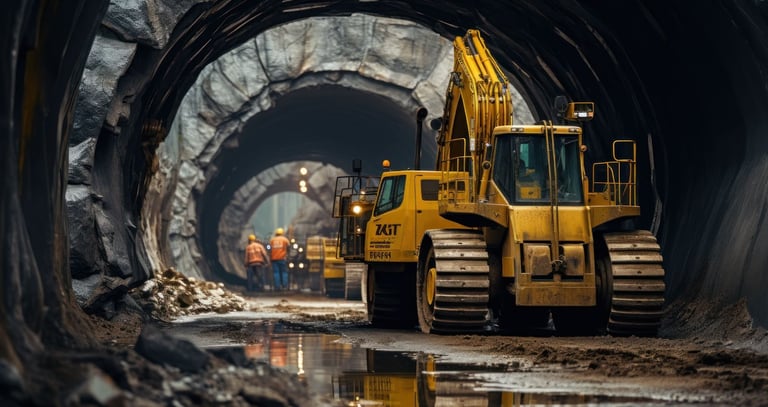

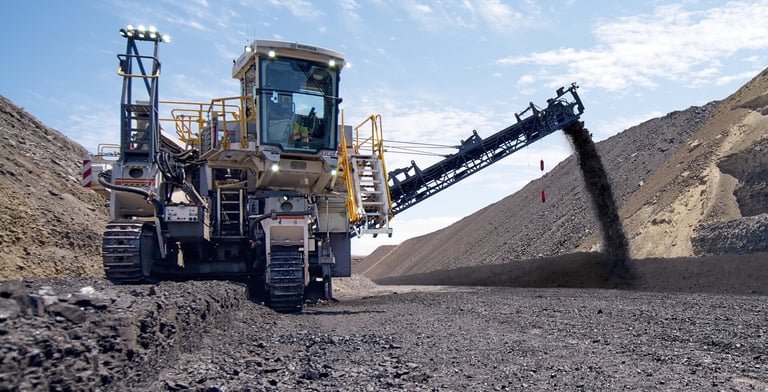

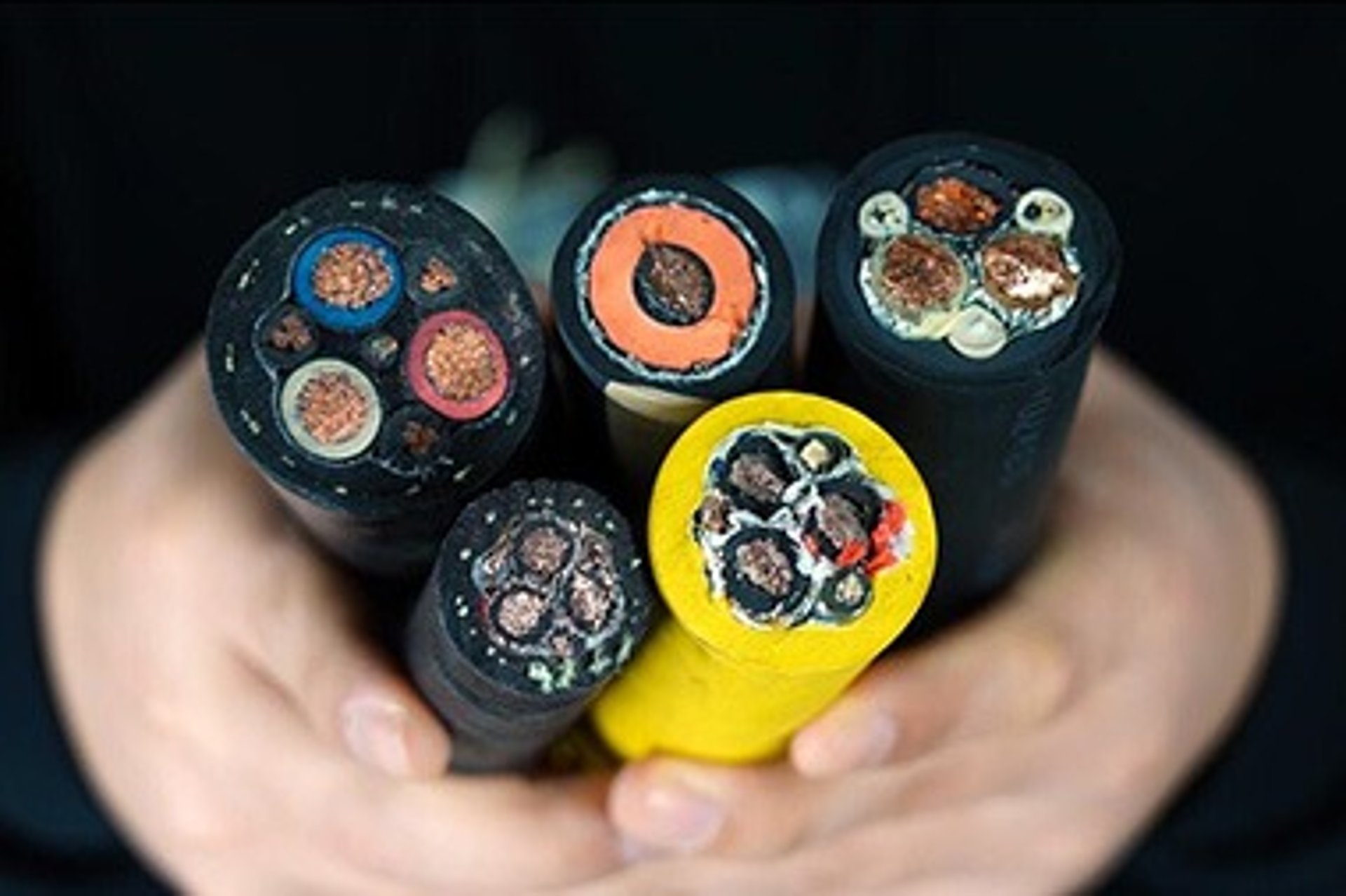
Email Address: Li.wang@feichuncables.com
© 2025. All rights reserved.
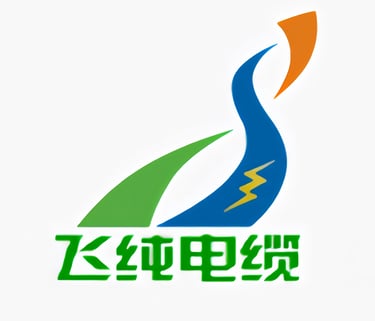

One-click to Quickly Contact
Products
Offshore & Marine Cable
XLPE Cable
Contact
Company
Location:
Building A Private Science and Technology Park, Hefei Economic and Technological Development Zone, Anhui Province, China
